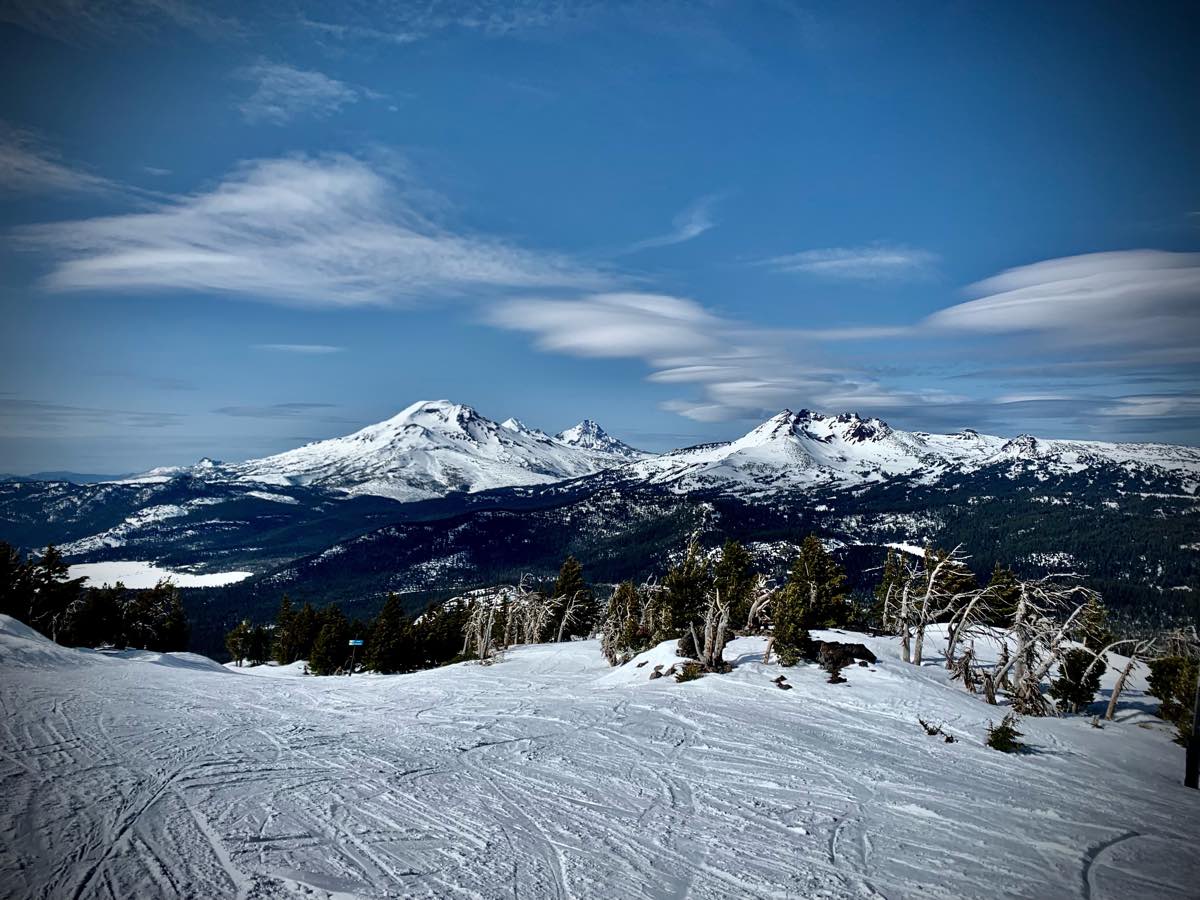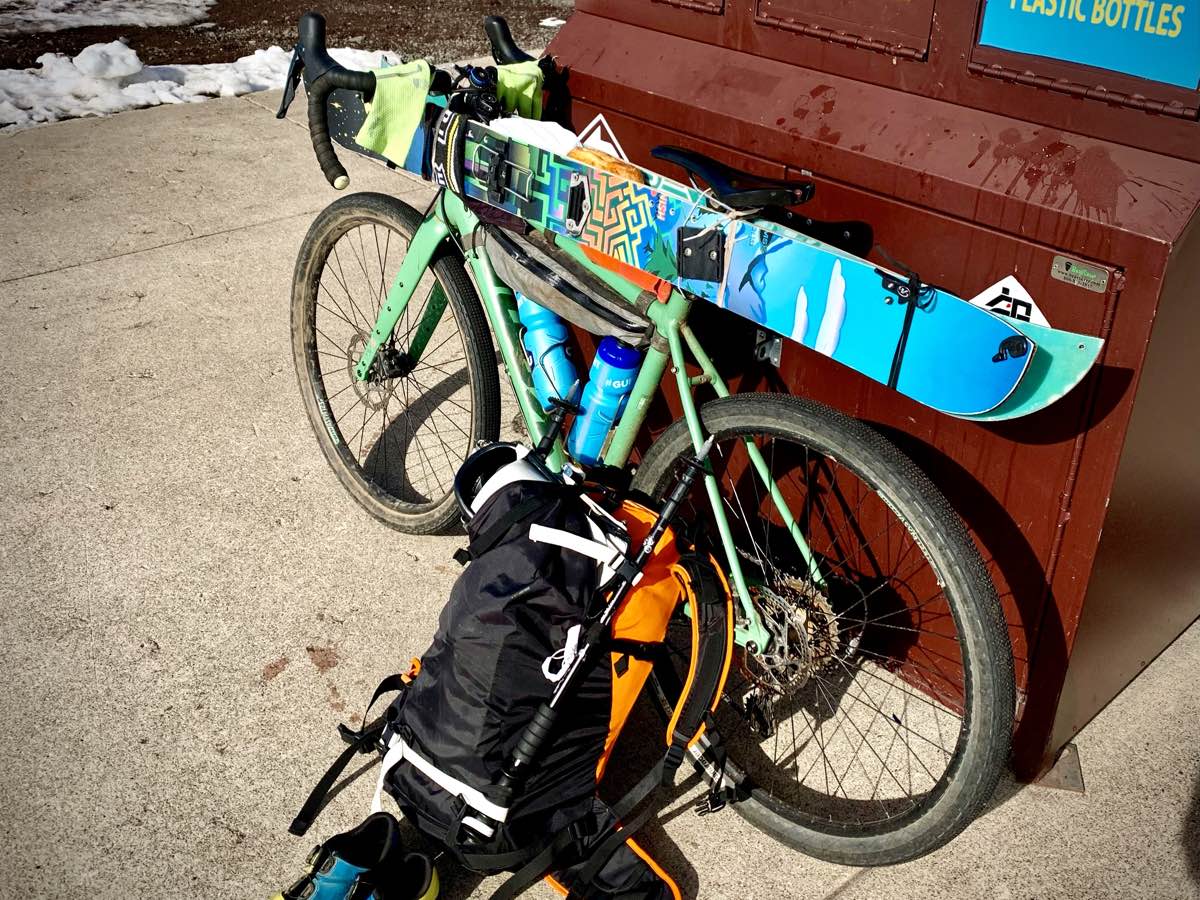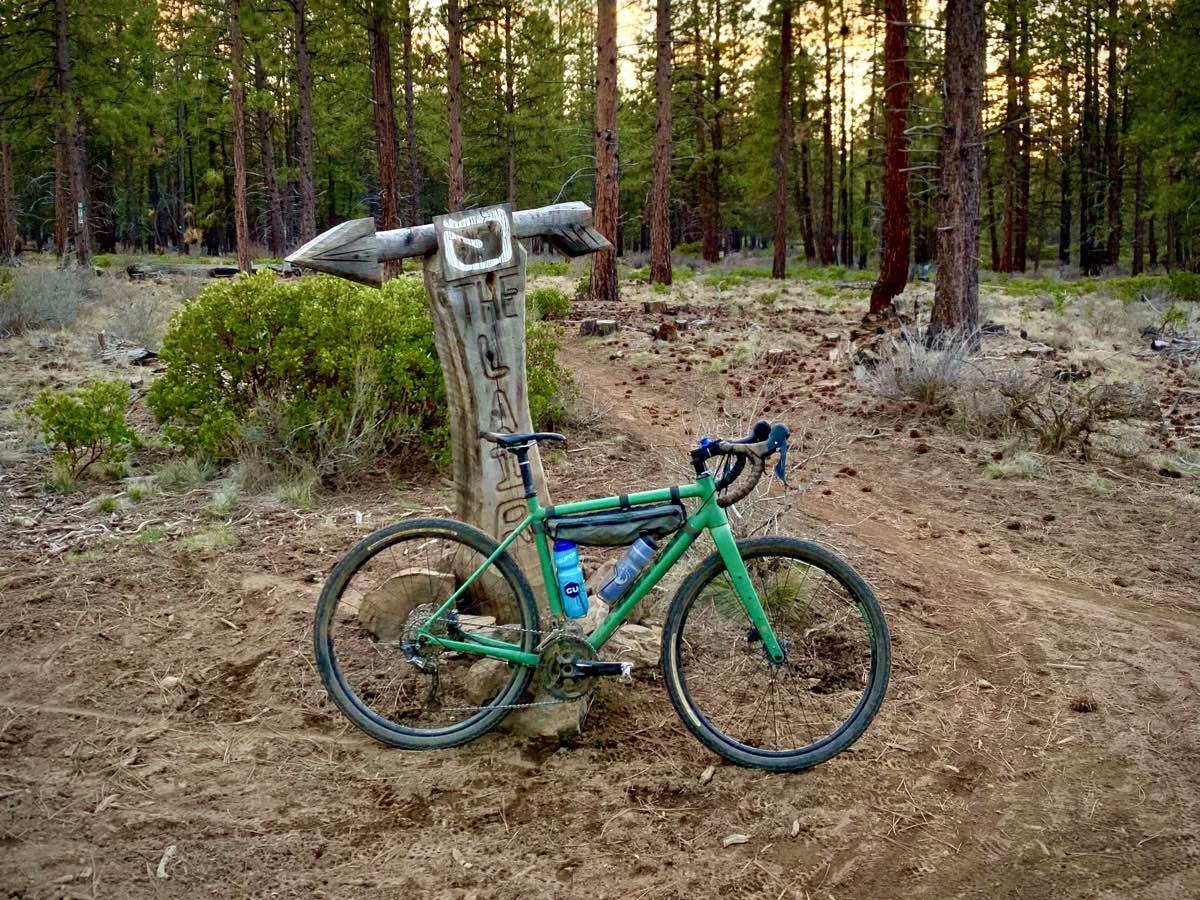This past year I have been training by way of a lot of different methods. Gravel biking, skate skiing, and splitboarding are the primary activities I have used to complement and, at times, replace running. They are all fantastic for building fitness and are a ton of fun. That being said, they all have one thing in common that sets them apart from running. They require a lot more gear.
Gear is great and all, but it needs maintenance, and is one more opportunity for something to fail. Sure, it’s a very manageable element, but for runners who love the simplicity of needing nothing more than shoes and a few articles of clothing, it can feel a bit much.
Fortunately for me, I really enjoy problem-solving. As frustrating as gear issues can be, I find that with the right attitude they can be quite fun. Rather than viewing gear snafus as a major inconvenience, I try to look at them as an opportunity to keep my cool and calmly and quickly come up with a solution.
Over the past few months, I have had ample opportunities to practice this. For example, one day I was skinning up Mount Bachelor in Oregon when I noticed that my right binding was incredibly loose. I looked down and quickly spotted the problem. The nut on my upper binding strap had fallen off, leaving the strap to flop around rather than holding snug to my boot.
This left me in an interesting predicament as I still had to get off the mountain, but also wanted to finish my lap. Deciding to roll the dice, I continued climbing, figuring that if I couldn’t fix things at the top, I could probably ride out with just my toe strap.
When I got to the top, I asked the ski-resort workers if they had any spare nuts. They didn’t, so I got to problem-solving. I figured out that if I wedged my binding strap between two other pieces on my binding, I could then slide the bolt through and hold it in place with my boot without the need for a nut.
It was a quick fix and worked like a charm. I got down the hill safe and sound, and spent the evening scrounging together a mix of things I had lying around in the bus that I live in to give it a more permanent fix. I’ve been riding the board like that ever since.
Other days I’ve struggled with skin failure, which is what happens when snow gets stuck between the base of your ski and the glue side of your climbing skin. When this happens, your ski is very prone to sliding off your skin and ripping loose, rendering it utterly useless for climbing.
In general, skin failure should be preventable, but in the moments when I’ve been caught by it, I’ve gotten quite good at babying my skins so that I can finish my climb. The cleverest solution I have come up with for this issue is to latch the nose clip on my splitboard around the wire on the front of my climbing skin. It’s a desperate measure, but I’ve found that even though my ski still slides all over the top of my climbing skin, if I’m careful I can keep enough of the skin beneath my ski to make it to the top.
While I felt good about all these fixes, I think the one I was most proud of was a bike repair I did just last week. I was riding my gravel bike up a nice piece of singletrack when my derailleur hanger snapped, leaving my derailleur hanging by nothing but its own cable.
It was comical, because my bike shop back in Pennsylvania where I’m from had warned me of this and suggested I carry a spare. I did not have a spare — though I do now! So, there I was, roughly 4.5 miles from the trailhead with a broken-down bike. It was cold and I could have just gotten to walking; but I didn’t really want to do that, so I started looking at my options.
Fortunately, I had some good bike tools with me. I pulled out my chain break and turned my bike into a single-speed. It wasn’t perfect — the tension on the chain wasn’t quite right and it kept moving around — but it got me out of the woods.
So why all the “MacGyver” stories? Well, two reasons. One, I think these moments make for good ultramarathon training. Sure, it’s not running, but it’s problem-solving and staying calm under pressure. Ultras are long. They don’t always go as planned. Both skills can come in quite handy.
Second, I’m a big proponent of the idea that “where there’s a will, there’s a way.” For one, I think it’s simply a good philosophy for life. Of course, it’s not productive in every situation, but I think far too often people see burdens instead of opportunities and obstacles but not solutions. And as for running, well, it can take an awful lot of will to get to the finish line, so it seems smart to practice that.
Now for the flip side of the coin. As much as I love to let will find a way, it’s not appropriate for every situation. The opposite is something my dad would always tell me when I was young: “Don’t force it.”
Typically, he would say it when we were working on a project, like putting something together or taking it apart. I don’t know why he brought it up so much, other than the fact that it was good advice. Maybe it was a lesson he learned the hard way or perhaps something his dad used to say to him. Regardless, it will likely stay with me my whole life.
This doesn’t mean that I’ll be good at it. I certainly like to push the envelope, and a lot of times doing so can have a benefit, but there are also times when forcing things gets me into trouble. Forcing a pace can result in a crash later. Forcing your way through a training niggle can turn a molehill into a mountain of an injury.
And yet, there is no hard-set rule. Sometimes you can plow ahead and be all right. Other times you can’t. That’s what makes it hard. It’s not black and white. It’s a 64-pack of Crayola crayons.
Even though it’s a million different shades and then some, the good news is that all these things — the problem-solving, the finding a way, and the restraint — can be used as needed. If you lacked restraint and created a problem, find a way to solve it. If you’ve solved a problem and learned your lesson, remember it, and use your knowledge to practice restraint next time.
And finally, if you mess it all up, give yourself some grace, because derailleurs, skins, bindings, and races can be fixed, replaced, or raced again, but you can’t get back the time you wasted in regret.
Call for Comments
- What is an example of a time where you used will to find a way, either in sports or in life?
- And how about another example where you decided not to force something?



